ActiveHiking & Walking9 best to worst items to take hiking, according to an outdoor expertFrom snacks to sun protection and navigation tools – here’s what’s worth taking on your hike, and what’s notWhen you purchase through links on our site, we may earn an affiliate commission.Here’s how it works.
ActiveHiking & Walking9 best to worst items to take hiking, according to an outdoor expertFrom snacks to sun protection and navigation tools – here’s what’s worth taking on your hike, and what’s notWhen you purchase through links on our site, we may earn an affiliate commission.Here’s how it works.
From snacks to sun protection and navigation tools – here’s what’s worth taking on your hike, and what’s not
When you purchase through links on our site, we may earn an affiliate commission.Here’s how it works.
(Image credit: Getty Images)
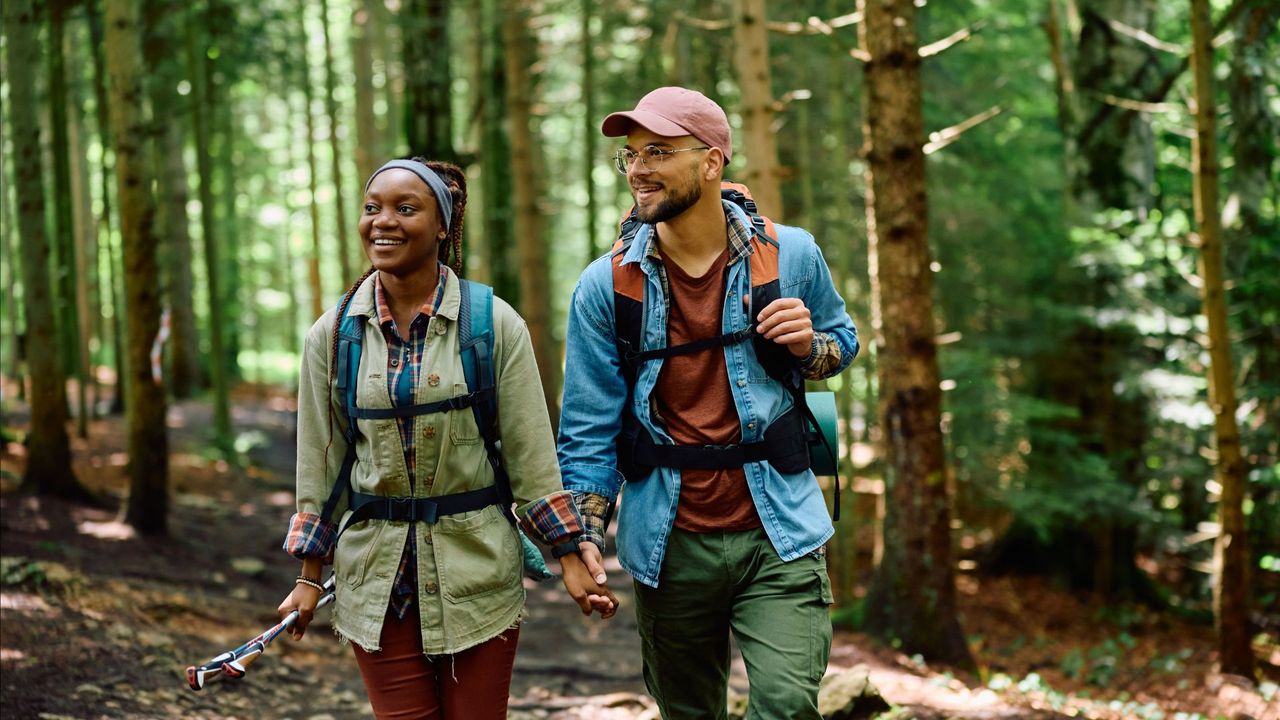
(Image credit: Getty Images)
There’s no better way to explore the great outdoors than on foot, with the wind in your hair and the sun shining down on your face. Not to mention, being outdoors is a great way to clear the mind and leave us feeling happier. But, before you head out the door there are a fewthings you need to do before your hikeand one of those is pack some trusty supplies. After all, it wouldn’t be a successful hike without some.
Overpacking is easier said than done when it comes to hiking, but you’re only going to make your backpack heavy, which will lead to an uncomfortable (and more strenuous) hike. And who wants that? You therefore need to prioritise what’s essential and what’s not for your outdoor adventure.
Below, Pitt Grewe, Head of Public Lands Patnership atAllTrails, ranks the best to worst items to bring on your hike with you, so you don’t fall into the overpacking trap. Here’s what’s worth making it into yourhiking backpackand what you should leave at home…
1. Water
(Image credit: Getty Images)
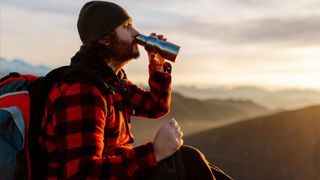
(Image credit: Getty Images)
Hiking is thirsty work, so packing yourhiking water bottleis a must. “Regardless of length or difficulty, water is absolutely essential for any hike,” says Pitt. “Staying hydrated will help maintain energy levels and prevent dehydration. A good baseline is one-half liter per hour per person.”
2. Layers
Nothing quite spoils a hike like not being prepared for unpredictable weather. “It can change quickly outdoors, so it’s wise to be prepared for rain or inclement weather,” says Pitt. “I recommend using a three-layer technique, which consists of a first breathable layer to keep you dry, a second insulating layer to keep you warm, and a third windproof orwaterproof layerto protect you from the elements.”
3. Navigation Tools
(Image credit: Getty Images)
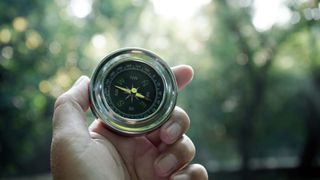
(Image credit: Getty Images)
You may think you’ve got an amazing sense of direction, butjustincase you get lost you’re going to want some tools to help you find your way home. “Navigation apps with maps and a compass are essential for staying on course and finding your way, especially if you encounter unexpected detours, particularly on longer or more remote hikes,” Pitt says.
4. First Aid Kit
Hopefully, you’ll never need it, but it’s definitely better to have one and be safe, than sorry. “It can help you treat minor injuries or medical issues that may arise during the hike, keeping you prepared for unexpected situations,” says Pitt.
Sign up to the T3 newsletter for smarter living straight to your inbox
Get all the latest news, reviews, deals and buying guides on gorgeous tech, home and active products from the T3 experts
5. Sun protection
(Image credit: Getty Images)

(Image credit: Getty Images)
“Protecting yourself from the sun’s harmful rays is crucial, especially during long hikes or when hiking at higher elevations,” says Pitt. Make sure you apply a suncream with at least SPF30 and reapply this throughout the day. A hat and sunglasses will also help prevent sunburn, heat exhaustion, and other sun-related issues.
6. Snacks
Keeping your energy levels up, especially during longer hikes, is important and being around someone that’s hangry is never a pleasant experience. Pitt suggests packing nutritious snacks like trail mix, energy bars, or fresh fruit to keep you feeling satisfied.
7. Multi-tool or knife
(Image credit: Getty Images)
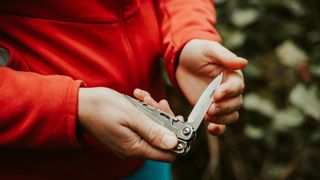
(Image credit: Getty Images)
This definitely isn’t essential for every hike, but Pitt says a multi-tool orcamping knifecan be incredibly useful in various situations. “It can be used for tasks like cutting rope, repairing gear, or preparing food, making it a handy tool to have during your hike.”
8. Insect repellent
Mosquitoes, ticks, and midges can be a nuisance during hikes, but it will largely come down to your location and time of year as to whether you’ll need this. “While insect repellent can help prevent bites and discomfort, it’s not necessary for every hike, especially in cooler or less buggy environments,” says Pitt.
9. Portable camp chair
“While comfortable for relaxing at a campsite, a portable camp chair is less essential for shorter day hikes where you may not spend much time sitting,” says Pitt. Not to mention it will adda lotof extra weight to your load. “Leave the camp chair behind if it won’t significantly impact your ability to complete the hike safely.”

Bowers & Wilkins Pi6 review: sensational sound, ordinary ANCBowers & Wilkins' step-down true wireless earbuds sound amazing and are well-priced – so what’s the catch, if anything?
Bowers & Wilkins' step-down true wireless earbuds sound amazing and are well-priced – so what’s the catch, if anything?
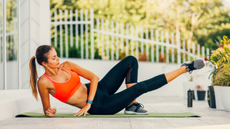
Try this 4-week core workout plan to build strength, stability, and definitionUnlock full-body power with this simple yet effective core routine – no endless crunches, just real results
Unlock full-body power with this simple yet effective core routine – no endless crunches, just real results